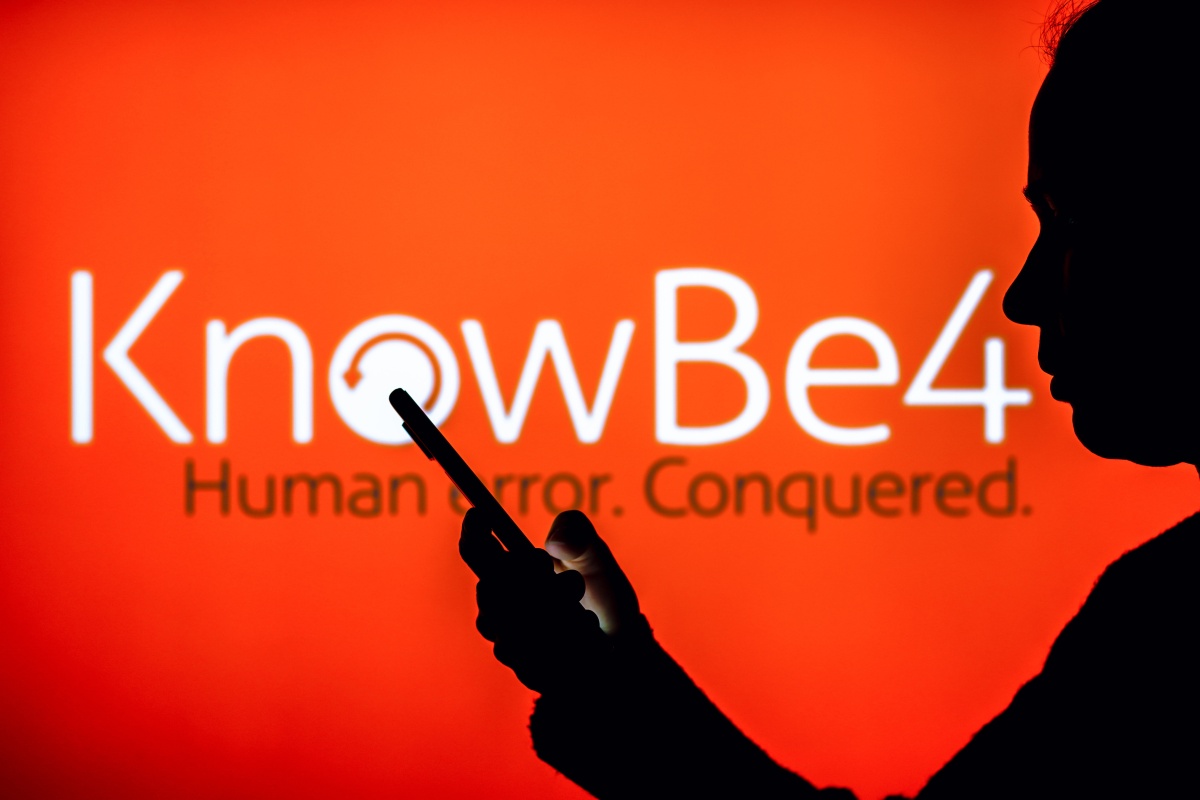Microsoft Teams gains animated avatars and AI-powered recaps • ZebethMedia
At its Ignite conference this week, Microsoft announced updates heading to Teams, its ever-evolving videoconferencing and workplace collaboration app. New avatars are available, and more details were announced around Teams Premium, a paid set of Teams features including AI-generated tasks and meeting guides, which is set to arrive in December in preview. Teams Premium is an effort to simplify Teams pricing, which before was disparate across several tiers. Microsoft says it expects it to cost $10 per user per month, with official pricing to come once Teams Premium is generally available. That’s higher than the lowest-cost Google Workspace plan, which costs $6 per user per month, but less expensive than Zoom Pro ($15 per user per month). The aforementioned avatars — a part of Microsoft’s Mesh platform — allow users to choose customized, animated versions of themselves to show up in Teams meetings, a bit like Zoom’s virtual avatars. Through the Avatars app in the Microsoft Teams app store, users can design up to three avatars to use in a Teams meeting with gestures to react to topics. Microsoft’s CVP of modern work Jared Spataro pitches avatars as a way to “take a break from the camera” but “still have a physical presence” in Teams meetings. “Our data shows that 51% of Gen Z envisions working in the metaverse in the next two years,” he wrote in a blog post — a percentage that seems optimistically high if we’re talking about VR and AR headsets, but depends on how one defines “metaverse.” He continued: “You can create custom avatars to represent yourself.” Avatars are perhaps also a small play — albeit an unspoken one — at revitalizing a platform that’s stagnated over the past year. Microsoft says that “more than 270 million” people actively use Teams monthly today, a number that hasn’t budged since January as workers increasingly return to the office. Avatars are available in the standard Teams for private preview customers, while organizations interested in trying them out can sign up for updates on the Teams website if they’re not already part of the Teams Technical Access Program, Microsoft says. Teams Premium On the Teams Premium side, customers are getting meeting guides designed to help them pick the right “meeting experience” — e.g. a client call, brainstorm meeting or help desk support — with options that can be customized and managed by an IT team. Teams Premium users will also be able to brand the meeting experience with bespoke logos for the lobby and brand-specific backgrounds at the organization level. The forthcoming Intelligent Recap feature in Microsoft Teams Premium, powered by machine learning. Image Credits: Microsoft Among the more interesting new Teams Premium-specific additions leverage AI. For example, there’s Intelligent Recap, which attempts to capture highlights from Teams meetings, and an Intelligent Playback feature that automatically generates chapters for Teams meeting recordings. Personalized Insights highlights key moments in recordings, like when a person’s name was mentioned, while Intelligent Search aims to make searching transcripts easier with suggested speakers. Beyond all this, Teams Premium will deliver real-time translations for 40 spoken languages and the above-mentioned AI-generated tasks, which are automatically assigned to meeting attendees. AI aside, Teams Premium will soon offer what Microsoft’s calling Advanced Meeting Protection, a set of features to safeguard confidential meetings such as board meetings and undisclosed product launches. These span watermarking, limits to recording and sensitivity labels to automatically apply protections to meetings. Relatedly, new Advanced Webinars in Teams Premium provide options for a registration waitlist and manual approvals, automated reminder emails, a virtual green room for hosts and presenters and the ability to manage what attendees see. Teams Premium will also introduce advanced virtual appointments, which are designed to help manage the end-to-end appointment experience for direct-to-consumer brands with pre-appointment text reminders, a branded lobby and post-appointment follow-ups. Organizations get both scheduled and on-demand appointments, a simplified view of all virtual appointments and pre-appointment chat capabilities to communicate with their customers. On the backend, customers can view analytics like usage trends, a history of virtual appointments and no-shows and wait times with specific staff and departments. Microsoft says that Teams Premium features will begin rolling out in December 2022 as part of a preview, with general availability coming in February 2023. The AI capabilities, including Intelligent Playback and Intelligence Recap, will hit the first half of 2023.








